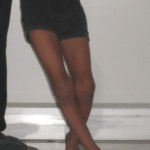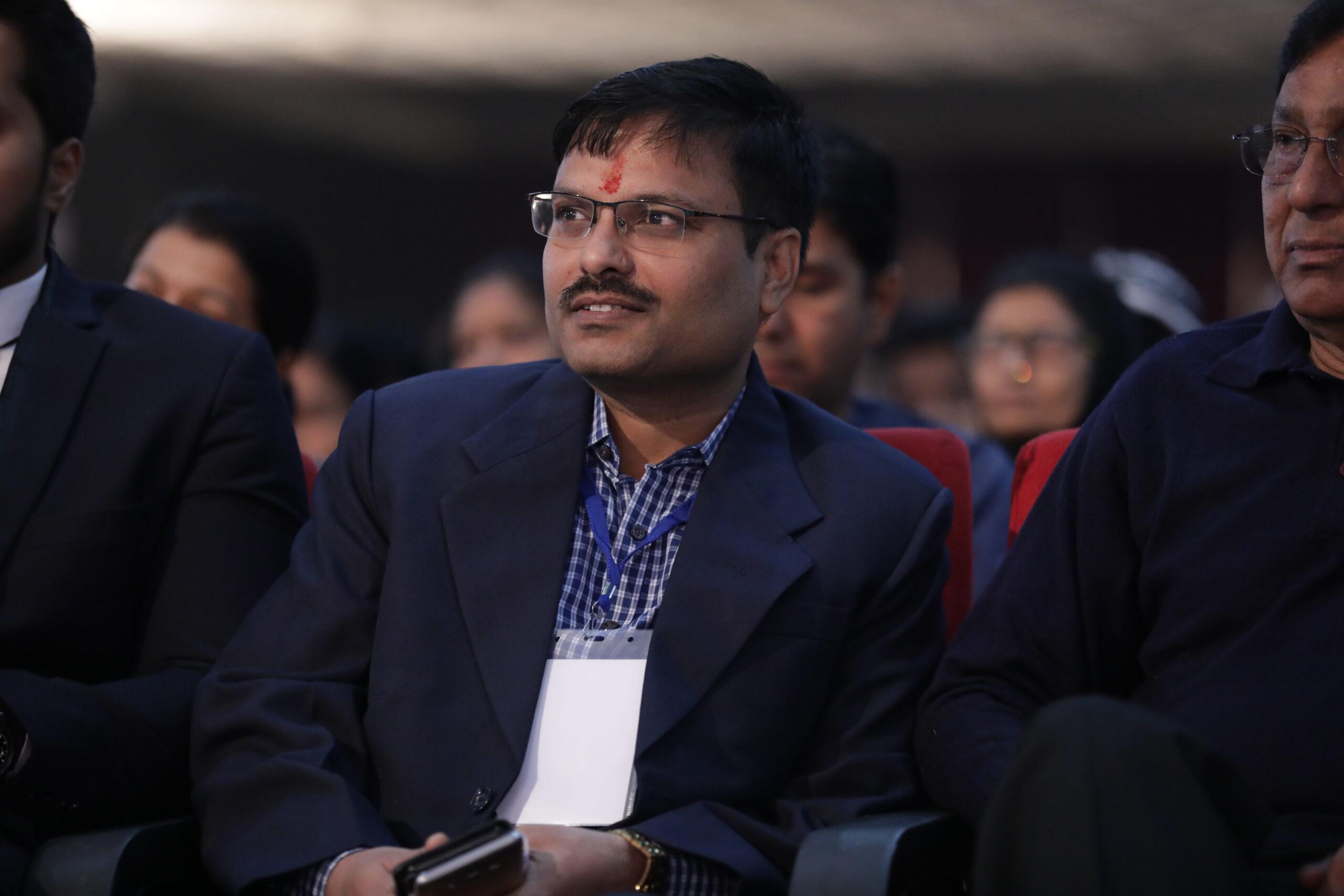Children with cerebral palsy (CP) often exhibit a walking pattern known as a scissoring gait, where their knees and thighs press together or cross each other while walking. This article explores the primary causes of scissoring gait, the risks associated with poorly managed gait, and potential interventions to improve walking patterns in children with cerebral palsy.
What is a Scissoring Gait and How Does It Relate to Cerebral Palsy?
A scissoring gait occurs when the thighs of the individual press or cross each other while walking. This condition is caused by increased muscle tone, known as spasticity, in the hip adductors—the muscles responsible for bringing the thighs together. When these muscles remain contracted, it leads to internal hip rotation and prevents the legs from separating during walking.
This abnormal gait pattern is commonly seen in children with spastic diplegia, a form of CP where the motor impairments primarily affect the lower limbs. While various abnormal walking patterns exist in individuals with cerebral palsy, scissoring gait is one of the most prevalent.
Risks of Poorly Managed Scissoring Gait
Although cerebral palsy itself is a static disorder, the complications that arise from it, like spasticity, can worsen if not managed effectively. Left untreated, scissoring gait can lead to several risks:
- Developmental Deformities: Uneven muscle pull can hinder normal growth and lead to deformities.
- Increased Fall Risk: The abnormal walking pattern makes it difficult to maintain balance, raising the likelihood of falls.
- Pressure Sores: Constant friction from the knees rubbing together can cause painful sores.
- Limited Range of Motion: Tight muscles and joints can reduce mobility.
- Pain and Discomfort: Prolonged muscle tightness can strain the joints, causing chronic pain.
- Loss of Walking Ability: Without intervention, the ability to walk may be lost over time.
- Hip joint dislocation: long term persistent of scissoring can cause hip dislocation.
- Difficulty in perineal care: due to tight muscle around hip, parents get lesser space for perineal cleaning after toilet.
Since children’s brains have greater plasticity than adults, early intervention is crucial. Addressing spasticity early can replace abnormal walking patterns with proper habits before they become ingrained.
Managing Scissoring Gait: Treatment Options
Effective treatment for scissoring gait is a two-step process: reducing spasticity and improving walking pattern. Below are some management interventions that can help to correct the scissoring gait pattern in children with CP:
1. Medications
Muscle relaxants like baclofen can offer temporary relief from spasticity. Baclofen can be taken orally, but it often causes side effects like fatigue or sedation. For more targeted relief, it can also be delivered through an intrathecal pump, reducing systemic side effects.
2. Botox Injections
Botox injections can temporarily reduce spasticity by blocking nerve signals that cause muscles to contract. The effects typically last 3 to 6 months. While botulinum toxin helps reduce muscle tightness, it should be used in conjunction with gait training to correct walking form.
3. Orthotics
Orthotic devices such as braces or splints can help support proper leg alignment and prevent further muscle tightening. Special devices like SWASH orthoses help keep the legs parallel and prevent them from crossing.
4. Surgery
Surgical interventions may be necessary if other treatments don’t yield results. For scissoring gait, adductor lengthening surgery may be recommended to lengthen the inner thigh muscles. Another option is selective dorsal rhizotomy, which cuts nerve fibres responsible for spasticity.
5. Physical Therapy
Even with reduced spasticity, children may continue to walk with a scissoring gait out of habit. Physical therapy is essential for teaching proper walking techniques. A physical therapist will tailor an exercise plan that focuses on improving gait and strengthening the correct muscles. Consistent practice helps reinforce the new walking pattern.
6. Walkers
For children with balance issues, using types of walkers for cerebral palsy can provide support and stability. Some walkers include features to keep the legs apart, helping discourage scissoring.
Conclusion
A scissoring gait, common among children with cerebral palsy, is caused by hip adductors and can lead to developmental challenges if not managed early. Effective treatment focuses on minimizing spasticity and encouraging correct walking form through a combination of medications, physical therapy, and sometimes surgery. Early intervention plays a vital role in improving mobility and quality of life for children with CP, allowing them to adapt and develop proper walking patterns that will benefit them in the long term.



